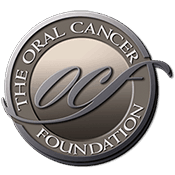Erbitux add-on falls short in esophageal cancer
Source: www.medpagetoday.com Author: Charles Bankhead, Staff Writer, MedPage Today The addition of a targeted agent to definitive chemoradiation failed to improve survival in an unselected population with esophageal cancer, a randomized trial showed. In fact, patients who received cetuximab (Erbitux) with chemoradiation had significantly worse overall survival (OS) reflected in a 50% increase in the hazard versus chemoradiation alone, reported Thomas Crosby, MD, of Velindre Hospital in Cardiff, Wales, and colleagues. Investigators could not find any subgroup of patients who benefited from cetuximab, they said in a presentation at the Gastrointestinal Cancers Symposium. "The addition of cetuximab cannot be recommended to standard definitive chemoradiotherapy in the treatment of unselected patients with esophageal cancer," Crosby said. "The use of high-quality definitive chemoradiotherapy in the treatment of localized, poor-prognosis esophageal cancer was associated with excellent survival compared with previous radiotherapy and surgical series," he added. Randomized trials have shown that definitive (or primary) chemoradiation improves survival in localized esophageal cancer compared with a single treatment modality. In England, definitive chemoradiation has been used primarily for patients with localized disease that is unsuitable for surgery, Crosby said. Add-on therapy with cetuximab has improved outcomes in other cancers, notably head and neck cancer and colorectal cancer. The findings provided a rationale for evaluating the addition of cetuximab to primary radiation therapy for localized esophageal cancer. Crosby presented results of a randomized trial wherein patients with localized (stage I-III) esophageal cancer (less than 10 cm). Patients were excluded if they had celiac lymph-node involvement. The [...]
